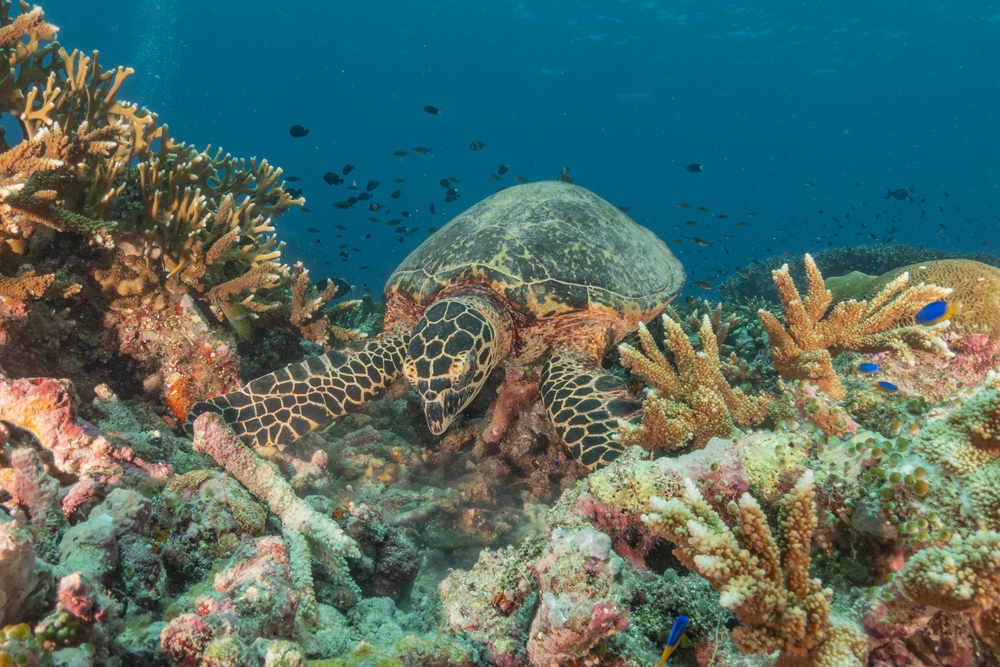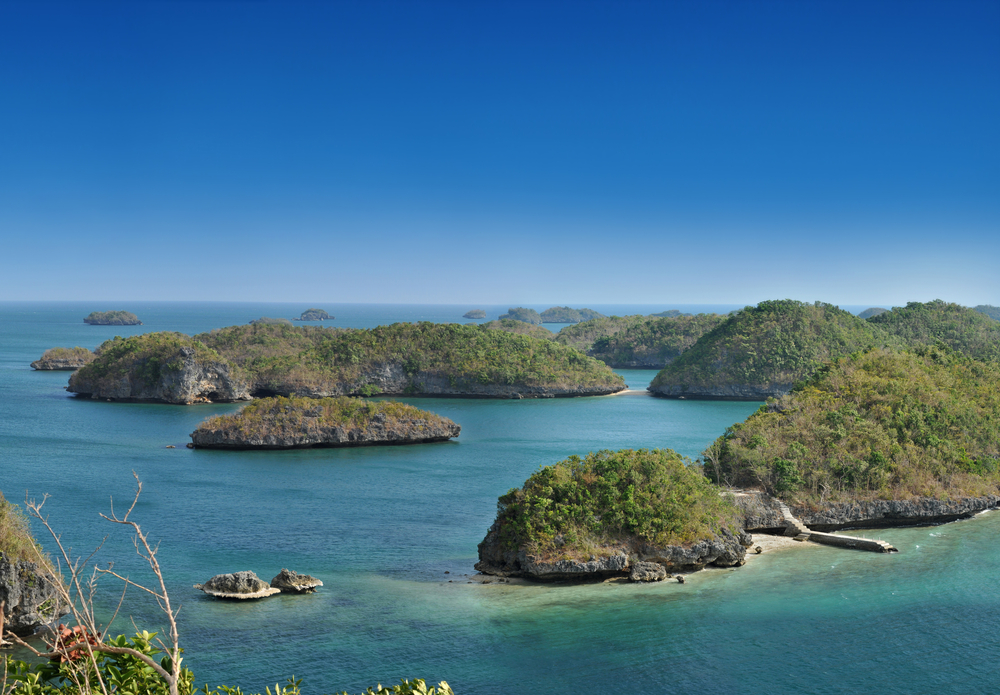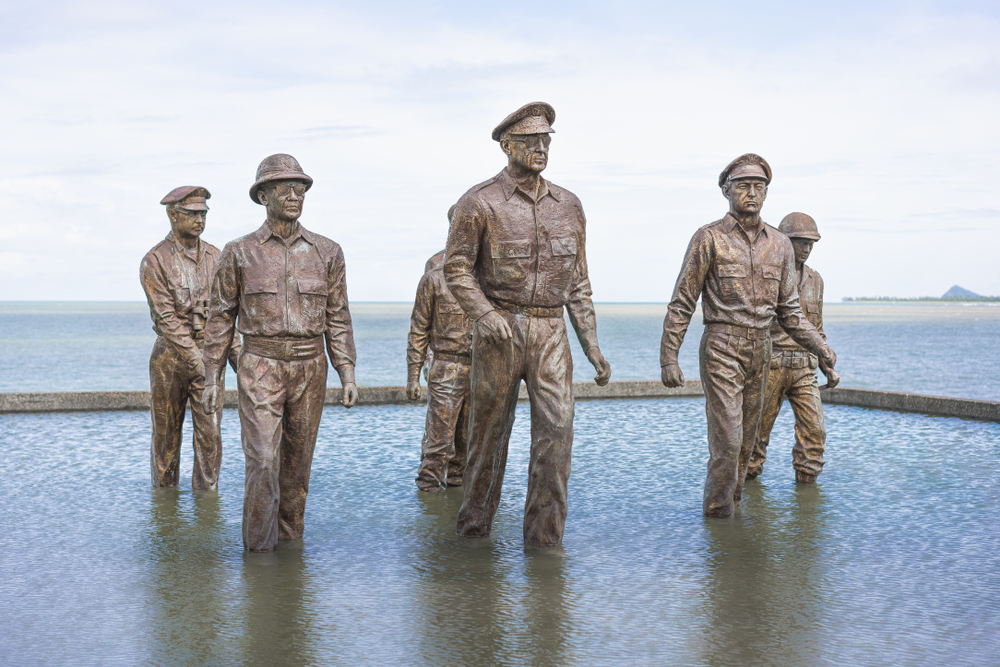Tubbataha Reefs Overview
Tubbataha Reefs National Park, locally referred to as Tubbataha Reefs Natural Park, is a world-renowned marine protected area situated in the Sulu Sea, about 93 miles (150 kilometers) southeast of Puerto Princesa City, Palawan, Philippines.
Covering approximately 374 square miles (970 square kilometers), the park includes two atolls—North and South—as well as the smaller Jessie Beazley Reef. Established as a national marine park in 1988 and later designated as a UNESCO World Heritage Site, Tubbataha is one of the most important marine biodiversity hotspots in the Coral Triangle, celebrated for its pristine reefs and extraordinary underwater life.
The landscape beneath the sea is nothing short of spectacular. The park consists of extensive coral reef systems, vertical walls, lagoons, and sandy flats, all surrounded by deep sea waters. These formations provide a rich habitat for countless marine species.
Coral coverage in Tubbataha is among the highest in the world, with over 360 species recorded. Hard and soft corals paint the reefscape in vivid colors, creating a dynamic and thriving underwater world. The area is also home to sea grass beds and nesting grounds for marine turtles, making it ecologically diverse and functionally critical.
Tubbataha’s wildlife is exceptionally abundant, with more than 600 species of fish recorded, including large pelagics such as tuna, jacks, barracuda, and groupers. It is also a haven for endangered species such as the green sea turtle, hawksbill turtle, and Napoleon wrasse.
Manta rays, eagle rays, and various species of reef sharks and hammerhead sharks patrol the deeper waters, while whale sharks occasionally visit during migration seasons. Over 100 bird species inhabit the park’s small islets, including colonies of boobies, terns, and frigatebirds. The park also supports large populations of cetaceans such as dolphins and whales in the surrounding deeper seas.
Popular features of Tubbataha include its vertical reef walls, crystal-clear waters, and high visibility, making it a premier destination for scuba divers. Dive sites such as Amos Rock, Shark Airport, and Delsan Wreck are world-famous for their sheer walls and encounters with large marine animals.
Though access to the park is limited to a few months each year—from March to June—due to weather and sea conditions, the short diving season adds to the exclusivity and conservation of the area.
Visitors can only experience the park through liveaboard diving tours, which serve as both accommodation and transportation. These multi-day trips offer guided dives, marine education sessions, and opportunities to photograph some of the most vibrant reef scenes in the world. Because of its protected status, no permanent structures exist within the park, and visitation is tightly regulated.
Tubbataha Reefs National Park is a success story in marine conservation. Challenges such as illegal fishing and climate change remain, but the park benefits from strong governance by the Tubbataha Management Office, effective law enforcement, and high public awareness.
Continuous scientific monitoring, international partnerships, and active community involvement have contributed to the park’s resilience. Its conservation model is considered one of the most effective in the Philippines and serves as an example for other marine protected areas across the globe.















































































